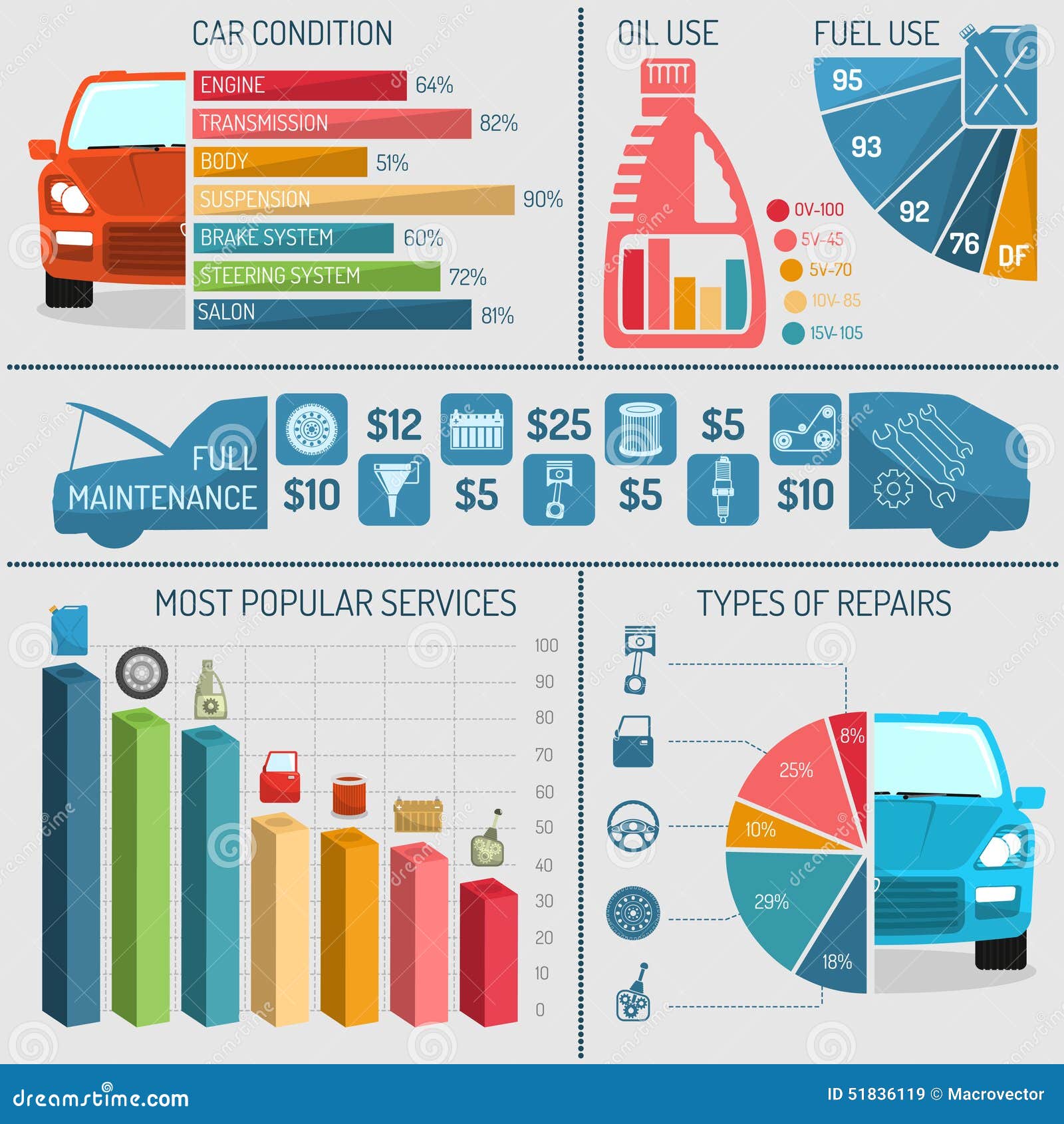Exploring The Genuine Interpretation Of Your Car'S Warning Lights
Exploring The Genuine Interpretation Of Your Car'S Warning Lights
Blog Article
Produced By-Cheng Dreier
When you lag the wheel, those radiant caution lights on your control panel can be a little bit difficult. Do you understand what they're trying to inform you concerning your automobile's wellness? Comprehending the value of these lights is essential for your safety and security and the long life of your lorry. So, the following time one of those lights pops up, would not you wish to analyze its message accurately and take the required steps to address it?
Common Caution Lighting and Interpretations
Identify common caution lights in your auto and understand their significances to make certain risk-free driving.
One of the most typical warning lights consist of the check engine light, which signals problems with the engine or exhausts system. If this light begins, it's essential to have your car examined immediately.
The oil pressure advising light shows reduced oil pressure, requiring immediate interest to avoid engine damages.
A blinking battery light may recommend a malfunctioning charging system, potentially leaving you stranded if not addressed.
The tire stress tracking system (TPMS) light alerts you to reduced tire pressure, affecting car stability and fuel effectiveness. Disregarding this can lead to harmful driving problems.
The ABS light suggests a trouble with the anti-lock stopping system, jeopardizing your capability to quit swiftly in emergency situations.
Finally, cheap ac repair car advising light warns of engine getting too hot, which can lead to severe damage otherwise resolved quickly.
Understanding these usual caution lights will help you attend to issues promptly and keep secure driving conditions.
Relevance of Prompt Interest
Recognizing the common warning lights in your cars and truck is just the primary step; the importance of immediately attending to these warnings can't be stressed enough to ensure your safety on the road.
When a caution light illuminates on your control panel, it's your automobile's way of connecting a prospective issue that requires attention. Neglecting these warnings can cause extra extreme issues in the future, endangering your safety and security and possibly costing you a lot more in repairs.
Trigger attention to alerting lights can protect against break downs and crashes. For instance, a flashing check engine light can suggest a misfire that, if left neglected, could cause damage to the catalytic converter. Addressing this quickly can conserve you from a costly repair work.
Likewise, a brake system cautioning light may indicate low brake fluid or used brake pads, important elements for your security when driving.
Do It Yourself Troubleshooting Tips
If you see a caution light on your control panel, there are a few do it yourself repairing suggestions you can attempt before looking for expert assistance.
The very first step is to consult your car's handbook to understand what the details warning light suggests. In https://www.pressherald.com/2018/11/14/should-one-tip-a-mobile-mechanic/ can be as easy as a loose gas cap causing the check engine light. Tightening https://air-lift-performance41728.blogolenta.com/24598892/professional-advice-ways-to-conserve-money-on-auto-fixings-at-your-local-automobile-shop might settle the trouble.
Another usual concern is a reduced battery, which can cause different cautioning lights. Examining the battery links for corrosion and ensuring they're safe and secure may deal with the problem.
If a caution light lingers, you can attempt resetting it by disconnecting the car's battery for a couple of minutes and after that reconnecting it. In addition, examining your vehicle's liquid degrees, such as oil, coolant, and brake liquid, can assist repair alerting lights related to these systems.
Final thought
In conclusion, understanding your auto's warning lights is necessary for keeping your car running efficiently and safely. By without delay dealing with these notifies and recognizing what they indicate, you can prevent pricey repair services and potential failures.
Bear in mind to consult your auto's manual for specific information on each cautioning light and act accordingly to ensure a trouble-free driving experience.
Stay educated, stay risk-free on the road!
